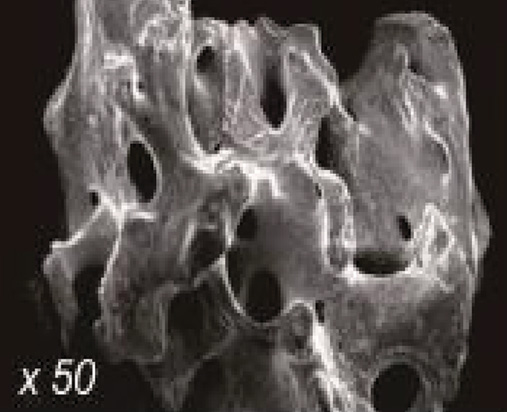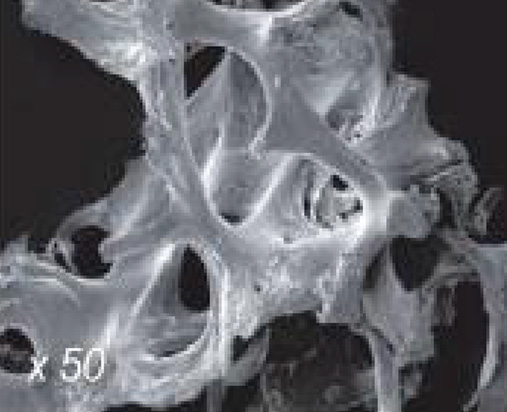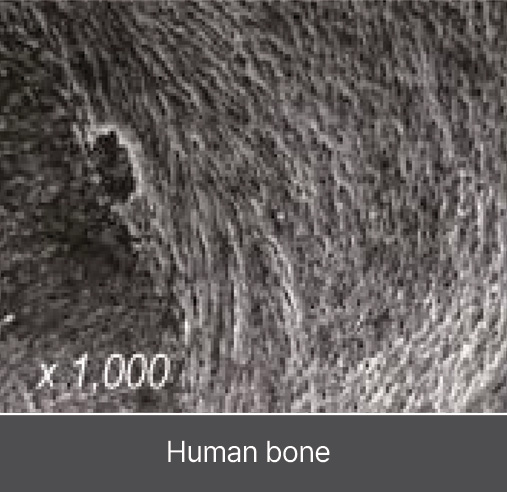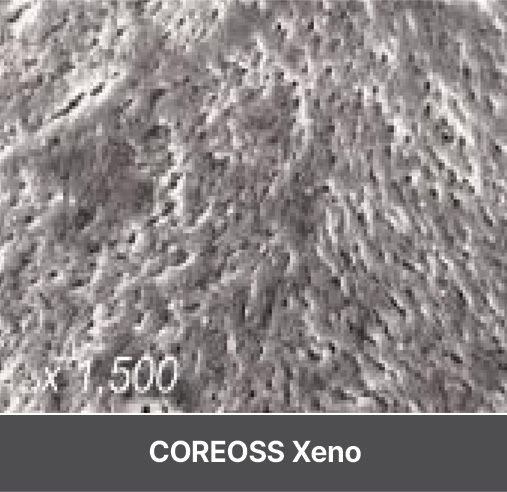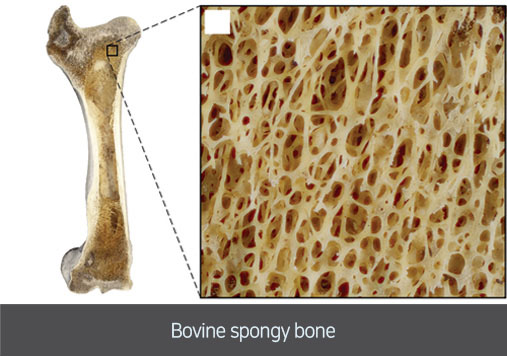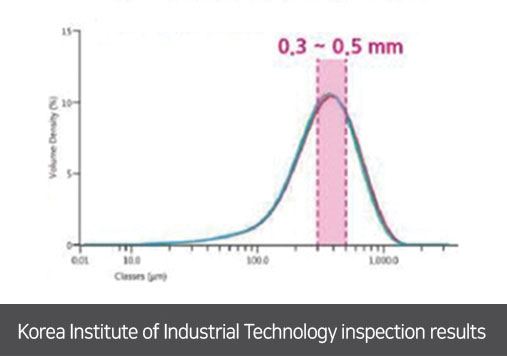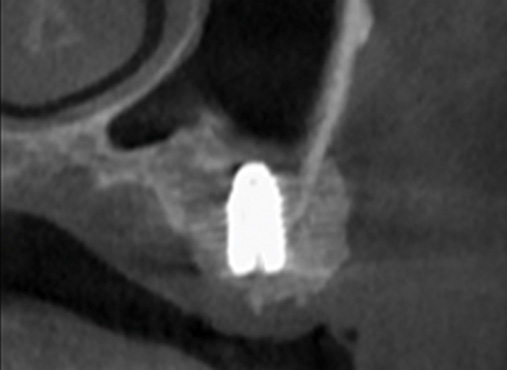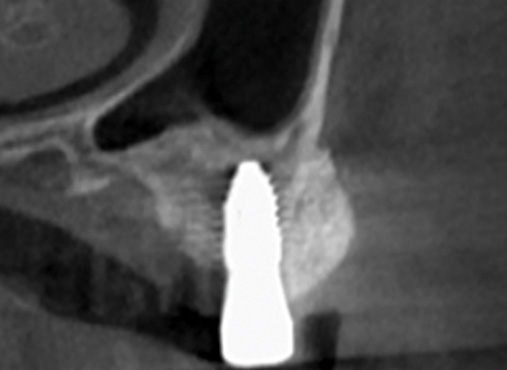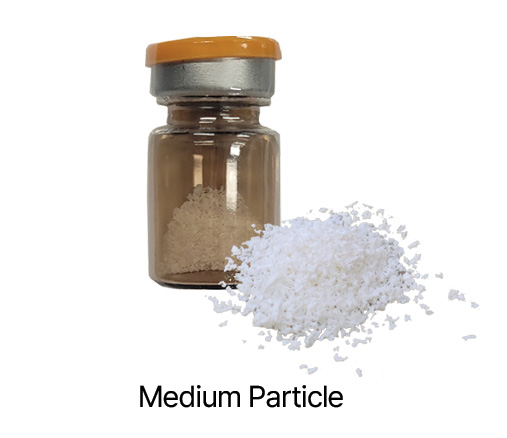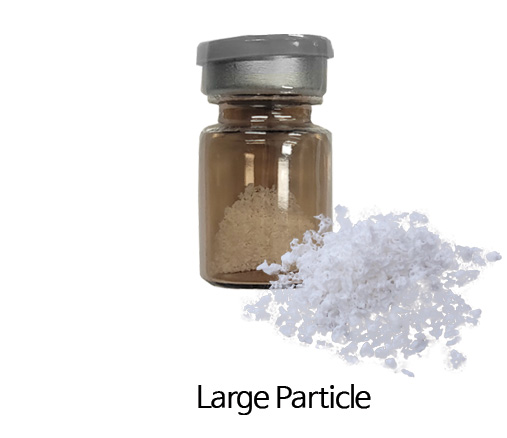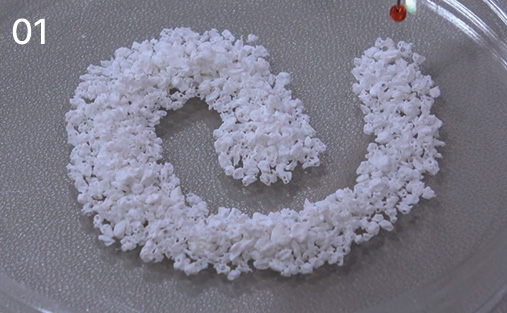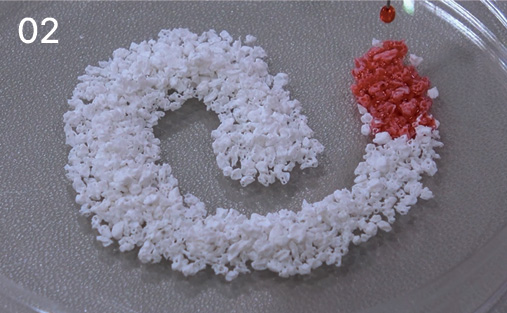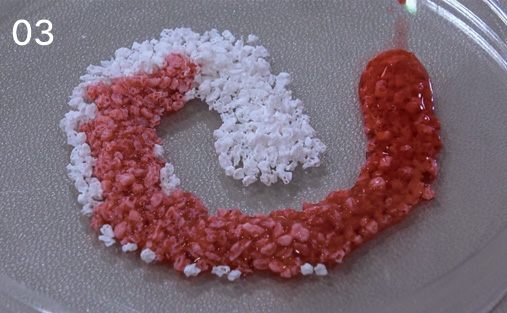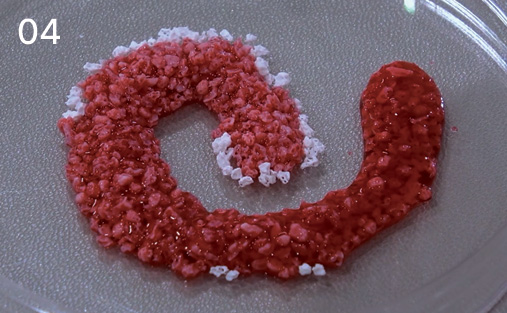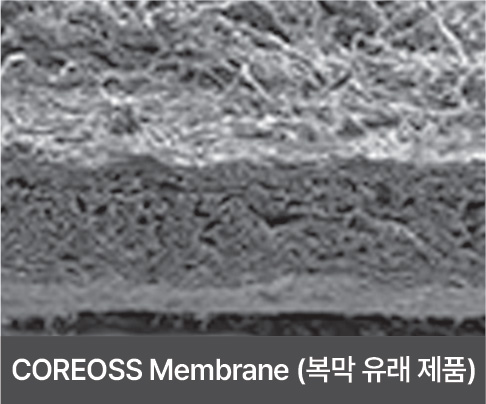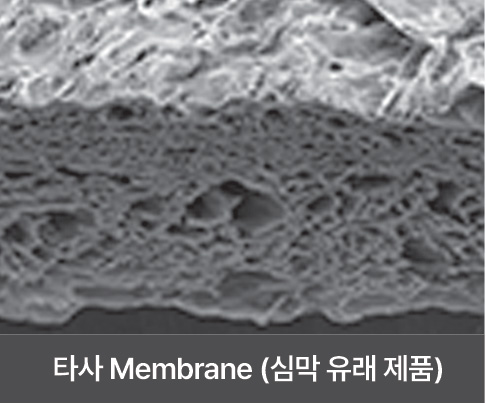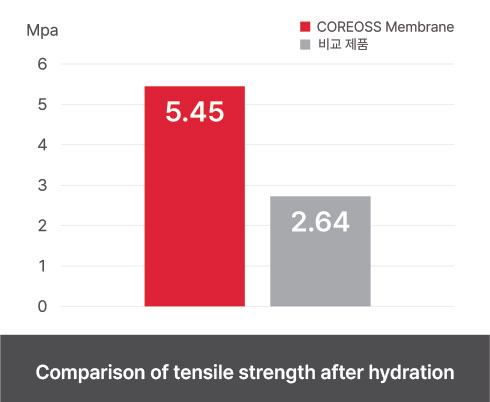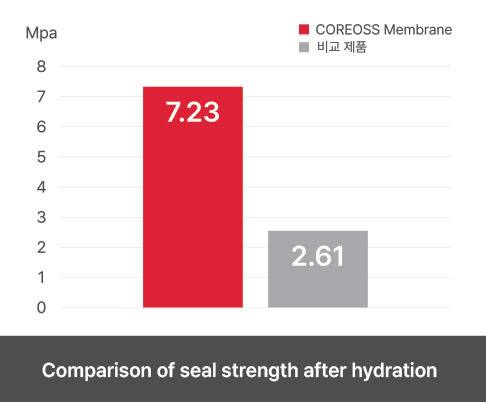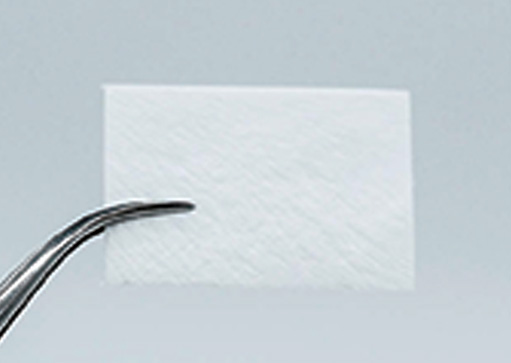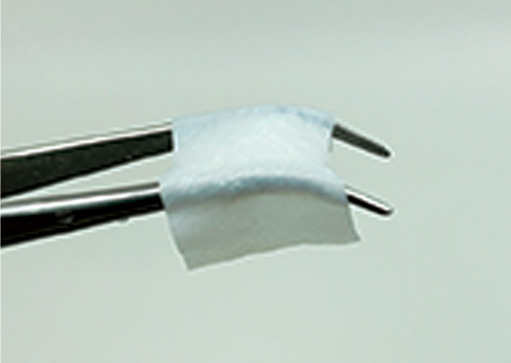“ What is a dental bone graft material? ”
It is a medical biomaterial that helps normal function by
inserting biomaterial similar to bone to treat diseases that have problems
with the shape or function of bone tissue in the body.
Types of bone graft materials
Autogenous bone graft materials
It refers to the process of collecting a patient's own bone and transplanting it from one part of the patient's body to another. It has the advantages of low side effects, high healing and adaptability, and no antigen or antibody reactions. However, the disadvantage is that the amount of bone that can be harvested is limited and there are additional surgical sites and costs
Allogenic bone graft materials
An allogeneic bone graft material is a bone graft material that is transplanted from a genetically similar member of the same species and is made from the bone of another person, not the patient's own bone. It is a bone graft material that is genetically the same species and most similar to alveolar bone, and has excellent biocompatibility as growth factors and mineral factors that promote bone regeneration are preserved. However, there is a possibility of disease transmission and there are disadvantages that immunological rejection may occur.
Xenogenic bone graft materials
Xenogeneic bone graft materials are extracted from bones of other animals that are easy to collect, and are mainly made by processing bones collected from cows, calves, horses, and pigs. It has the advantage of being easy to obtain bone tissue, showing high osteoconductivity, and enabling stable absorption by rapidly regenerating bone. However, the traits of DNA itself are different from humans, there are genetic transplant antigen problems between individuals, and there are disadvantages that can be exposed to various diseases such as mad cow disease or cholera.
Synthetic bone graft materials
A synthetic bone graft material is a bone graft material made by synthesizing the main components of teeth and bones, and is used for bone regeneration or restoration. In particular, it is a bone graft material used when there is a shortage of autogenous bone. It has the advantages of being inexpensive, easy to secure, and not rejecting, but has the disadvantage of slow bone replacement and poor bone quality.
Advantages of bone graft material
No secondary surgery required
No separate surgery is required to
harvest bone from other parts!
Ministry of Food and
Drug Safety approval
No separate surgery is required to
harvest bone from other parts!
Shorten the treatment period
Regenerate bones quickly by
acting directly on cells!
High success rate
Solid, high-quality bone increases the implant fixation rate and makes it strong!
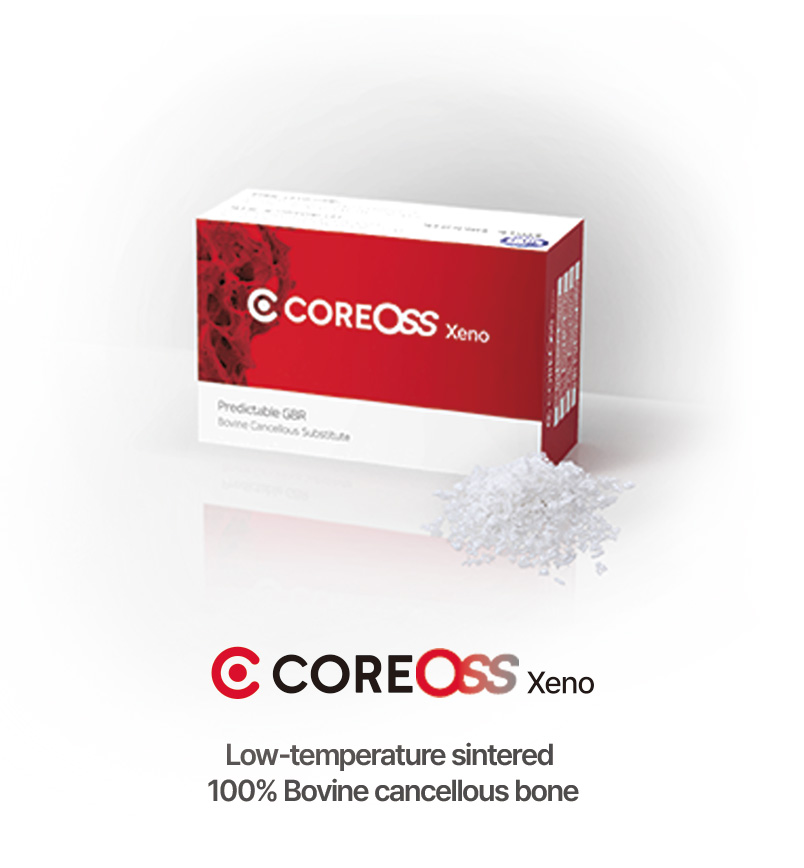
Features
Pore structure similar to human bone
Smooth blood inflow with micro & macro pore structure similar to human bone
Rapid bone formation by absorbing blood through optimal cell attachment and promoting the activity of osteoblasts and osteoclasts
Excellent hydrophilicity and user convenience
Stability of raw materials and processing
Used 100% pure spongy bone of adult Korean cattle
Traceability is possible by processing raw materials in HACCP certified facilities
Stable protein removal with low-temperature heat treatment method below 600°C
Biocompatibility and excellent bone conduction by preserving carbon, an essential element of bone conduction
Securing a packaging system that selects particles of 0.4 ~ 1.0mm and secures the uniformity and diversity of particles by volume ( M size : 0.25 ~ 1.0mm )
Volume Retention and Radiopaque
Easy to understand the condition of the bone graft material in X-Ray
Possible ossification without changing the volume of the bone graft site
Particle
Hydration
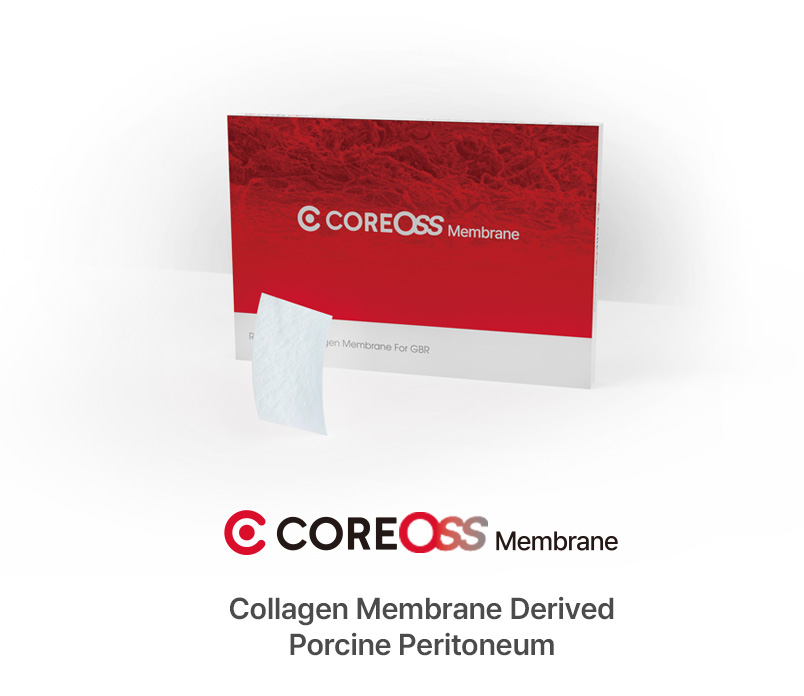
Features
Porcine peritoneum-derived high-maturity type | Collagen
Anatomically, compared to other membranes such as pericardium, the collagen fiber layer is denser, and the pore size is small, so the density per unit volume is high.
Stability of raw materials and processing
Maintains shielding performance for 4 to 6 months
Prevent soft tissue from growing into the bone graft site during new ossification
Provides optimal fusion with surrounding soft tissue, low frequency of membrane exposure
Provides excellent tensile strength when sealing
Excellent tensile strength and seal strength after hydration, preventing tearing
Convenience of operation
The hydration speed is fast, and it can be used without distinction between front and back
Soft and flexible, it can be easily applied to curved areas
Introduction of a biocompatible cross-linking method
By cross-linking in a bio-friendly manner, the strong properties of the membrane and the degradation period in the body are controlled.
Handling





